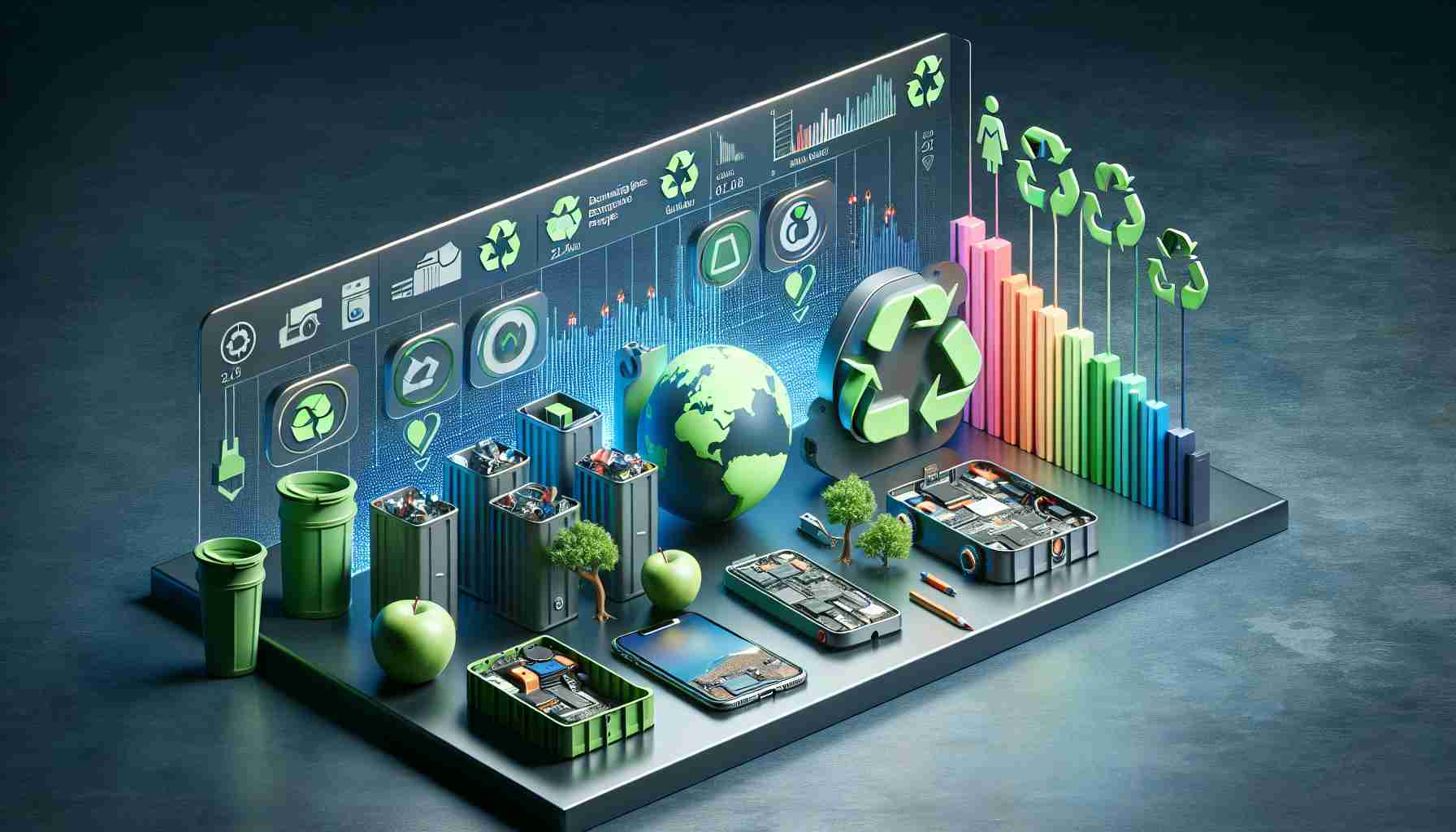Apple’s Recycling Dilemma: An Analysis of Efficiency and Environmental Impact
While Apple has boasted of its environmental initiatives, a pressing report questions the effectiveness of those efforts. Their recycling robots, Liam and Daisy, have been presented as marvels of technology, tasked with dismantling traded-in iPhones for parts salvage. Yet, their functionality falls short of expectations. Liam, for example, quickly falters in the presence of even slight corrosion on screws and requires constant human intervention to operate.
Daisy, improved yet limited, processes only a fraction of the iPhones Apple collects. With a staggering number of devices produced by Apple each day, the recycling rates do not keep up, resulting in a significant portion ending up in the hands of third-party shredders, where functional electronics are destroyed under contractual obligations. In just a few years, over half a million iPhones met this fate, rather than being potentially repurposed into a secondary market of lower-priced refurbished devices.
The Controversial Activation Lock and Its Environmental Toll
A concern surges with the new Activation Lock extending to parts within the iPhones. Initially designed to deter theft by rendering stolen devices inoperable, this feature now also deters the reuse of individual components. While it may reduce theft, it accelerates the journey of phones, and more critically, their parts into e-waste, as the reuse of sanctioned components becomes unfeasible. This decision seemingly reflects a prioritization of profit over a sustainable, resource-efficient lifecycle for Apple’s products. It raises important questions about the balance between corporate practices and genuine environmental responsibility.
Key Questions and Answers:
– What are Apple’s recycling robots, and how effective are they?
Apple’s recycling robots, named Liam and Daisy, are designed to dismantle iPhones to salvage usable parts and materials. While they are technologically advanced, their effectiveness is limited by their inability to handle devices with any significant wear, such as corrosion on screws. Daisy can process a higher volume compared to Liam but still only handles a fraction of the collected iPhones.
– What happens to iPhones that are not processed by Apple’s robots?
The iPhones that are not dismantled by Apple’s robots are often sent to third-party shredders. Here, perfectly functional electronics are destroyed, which could otherwise be repurposed or refurbished for secondary markets.
– How does the Activation Lock feature impact the environment?
The Activation Lock, designed to deter theft by making stolen devices unusable, now also hinders the reuse of individual components within the phones. This increases the number of parts that contribute to e-waste because these components are rendered unfeasible for reuse.
Key Challenges and Controversies:
One key challenge is maintaining a balance between anti-theft security measures and sustainable recycling practices. The introduction of the Activation Lock has been controversial due to its environmental implications. It effectively increases e-waste by preventing parts reuse, which begs the question of whether corporate profits are being prioritized over environmental stewardship.
Another challenge is improving the efficiency of Apple’s proprietary recycling robots so they can handle a wider variety of devices and reduce the need for third-party shredding. Robots like Liam and Daisy have the potential to advance sustainable practices, but they need to be refined for broader impact.
Advantages:
– Apple’s robotics technology emphasizes the company’s commitment to innovation in sustainability.
– The reuse of materials reduces the necessity to mine new resources, preserving environmental integrity and reducing the carbon footprint.
Disadvantages:
– There is a significant gap between the number of products Apple sells and the quantity their robots can process, leading to potential waste.
– The Activation Lock, while serving as a security feature, limits the potential for refurbishing and repurposing, contributing to increased e-waste.
For reputable and up-to-date information relating to Apple’s overall sustainability initiatives, here is a suggested related link: Apple’s Official Website. To ensure the quality of the information, confirm the validity of the URL before visiting.
The source of the article is from the blog anexartiti.gr
